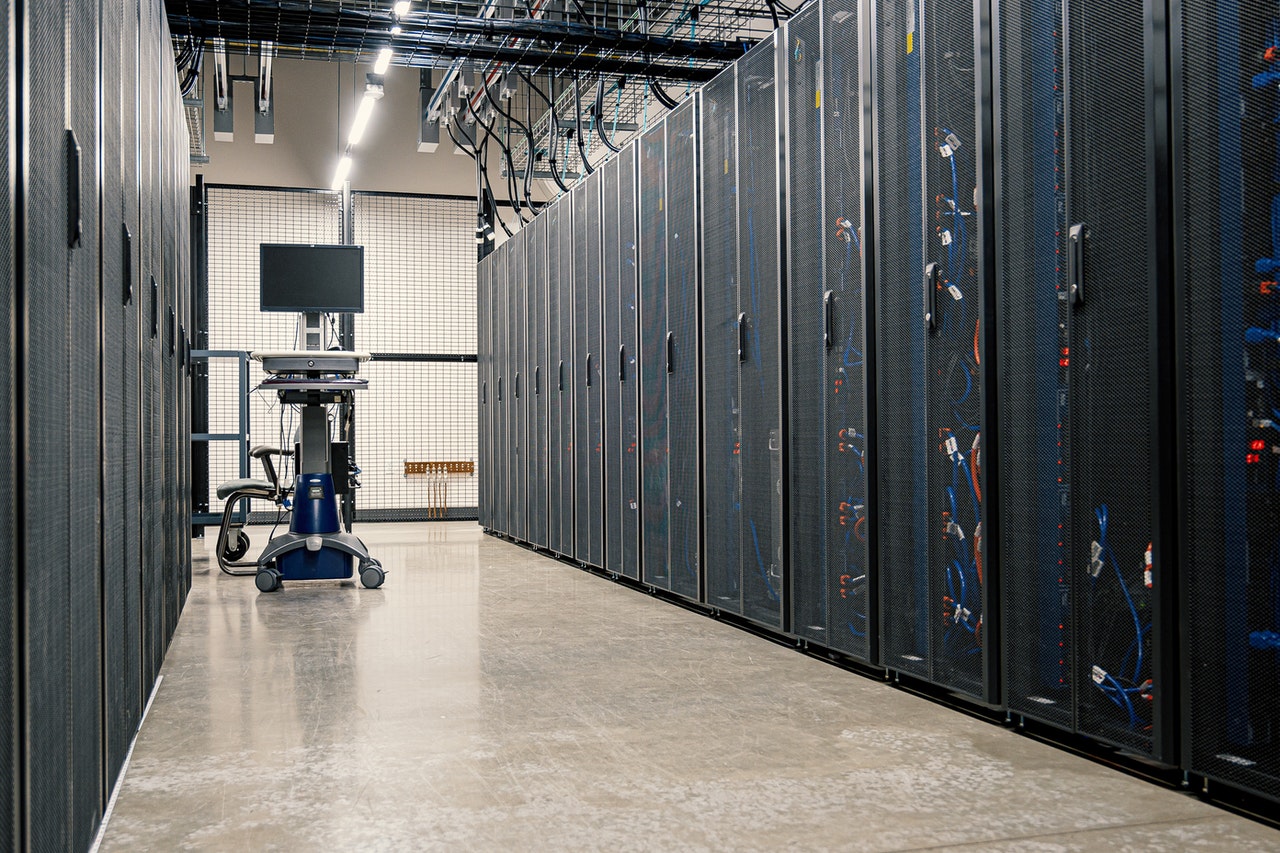How to Make the Internet Consume Less Energy

Around 4.6 billion people use the net on a daily basis. In fact, 350,000 tweets are sent within the last minute. Although the servers that host all that data produce huge amounts of emissions, leaving giant carbon footprints behind, we tend to think about the web as something ephemeral – partly because of terms like “web” and “cloud.”
Internet-connected technologies are already playing a key role within the transition to a cleaner energy future; as an example, home smart meters being unrolled across many countries help monitor and so reduce household energy usage. But as we depend upon the web to process, use and store ever more data, the facility it uses is increasing. For the sake of our planet, we’d like to form online more sustainable.
Energy-sucking servers
Research estimates that by 2025, the IT industry could use 20% of all electricity produced and emit up to five.5% of the world’s carbon emissions. That’s quite most countries’ total emissions bar China, India, and also the US.
Coming from data centers is a growing proportion of IT energy consumption. These are buildings accustomed to store data and elements, which just about always plug directly into the local electricity grid. Most countries, meaning they mostly use non-renewable sources of electricity.
Around 50% of knowledge centers are now “hyper-scale,” meaning they contain quite 5,000 servers and are generally larger than 1,000m². Services like Microsoft Azure, Google Cloud, or Amazon Web Services (AWS) – which alone hosts 5.8% of all sites on the web, are typically utilized by major players within the data industry.
To secure lower energy bills, a number of those data centers are trying to cut back their environmental impact and, within the process. Google’s first data center became operational last year near the city as they have announced their goal to realize 24/7 renewable energy-powered data centers by 2030. Locating data centers in regions with abundant wind, solar, geothermal, or hydroelectric power available is significant to run such centers solely off renewable energy.
In an effort to diminish the environmental impact of all that energy usage, some opt to purchase offsets – payments that theoretically atone for carbon emissions by supporting low-carbon energy generation – whilst to match their total energy consumption, others purchase energy from renewable sources.
Building a sustainable internet
I’ve been looking into ways to make greater sustainability closer to home as the internet grows. Designing less energy-intensive websites can be a stimulating way to start.
Each user who logged onto The Conversation today generated around 1.3g of CO₂, looking at their location and connection speed. It’s much better than the Daily Mail’s image-heavy online homepage generating a whopping 54.0g per visit as That’s not too bad: although not nearly as good as Google.
Considering the latter two websites receive around 5 billion and 300 million visits per day respectively, it’s easy to determine how our Internet-generated carbon emissions add up. If you’re interested in the footprints of other websites, Website Carbon could be a simple resource for estimating the CO₂ a web site produces.
Web designers could embrace minimalism, helping to cut back the energy required to load images, video and even specialised fonts that each one require extra, sizeable files. Of course, this might work a far less engaging internet experience.
ALSO READ: Web Technology: Its Definition and Importance
Could the sun power the web?
Another potential solution for surfing more sustainably is obtainable by initiatives like Solar Protocol and also the Low Tech Magazine. Entirely powered by solar power are These ingenious websites. Allow their websites to run more efficiently based upon real-time assessment of accessible sunlight, their environmentally friendly, responsive web design strategies – including reduced-color images and default typefaces.
Solar Protocol, as an example, runs via a network of solar servers located across the world. Their content is delivered from the server receiving the foremost solar power at that point When a user visits the location. The resolution of the website is additionally dynamically altered in keeping with the energy being generated by the solar battery.
Due as an example to a cloudy day, the websites become low-resolution when the alternative energy or battery level falls below a particular threshold. When the clouds have truly closed and power is especially low, they might even revert to a basic, text-only format.
The challenge designers and engineers face is to scale on-site energy generation technologies like these to assist run the big number of websites on the net. What could have significant effects on energy consumption – but go unnoticed by users are subtle changes to photographs or page resolution, made in periods of low wind or solar generation.
For businesses, aside from the benefits of an Easy Power Plan, the advantages of using tech like this include not only reduced energy costs but enhanced business reputation, due to increased public concern around sustainability. A number of their electricity on-site through solar panels or wind capture are already generated by over 40% of UK businesses.
Is generally used for generating power for a close-by mill as the largest solar farm within the UK, in Flintshire, Wales. Won’t be such a radical step is the next step of powering commercial websites from locally-owned, renewable-driven servers.





